One of the most incredible powers in the world of Naruto belongs to the jinchuriki. The jinchuriki are people with tailed beasts sealed inside of their bodies. The tailed beasts are powerful creatures with huge reserves of chakra, and each one bestows their jinchuriki with incredible strength. Unfortunately, most jinchuriki are shunned by their villages – that’s what happened to Naruto Uzumaki, the Nine Tails’ jinchuriki.
That’s the basic rundown, and if you’re a Naruto fan you probably already knew most of it. But there are also some things you didn’t know about the jinchuriki. For example, did you know that the Four Tails’ is named Son Goku and his jinchuriki is named Roshi – an obvious DBZ reference? What about the fact that Naruto was originally planned to be the Nine Tails’ son?
There are plenty of other jinchuriki fun facts where that came from, so let’s get started.
1. Shukaku’s Previous Jinchuriki Predicted Gaara
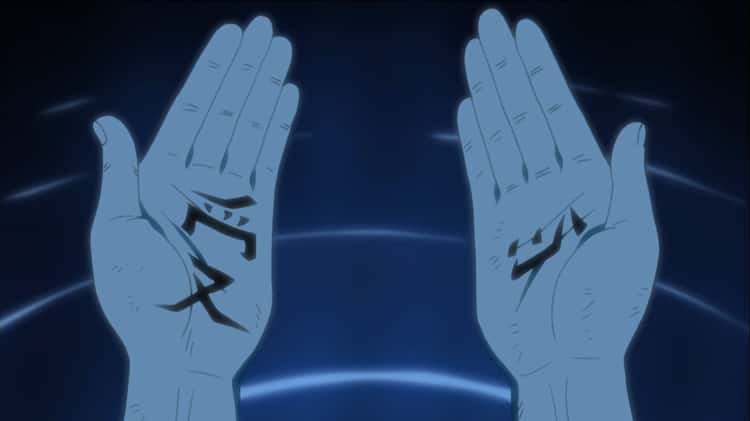
Shukaku’s former jinchuriki, Bunpuku, was a wise and kindly old man who spent most of his life imprisoned because of Sunagakure’s fears regarding his power. He had two characters, “accept” (受, ukeru) and “heart” (心, kokoro) carved into his hands. He told Shukaku, who he had a positive relationship with, that he would one day meet someone who would show him the true meaning of those words. That turned out to be Shukaku’s next jinchuriki, Gaara, who not only had a major emotional journey revolving around those concepts, but whose tattoo combined those characters into (愛, ai).
2. The Term ‘Jinchuriki’ Is Based On Mythology
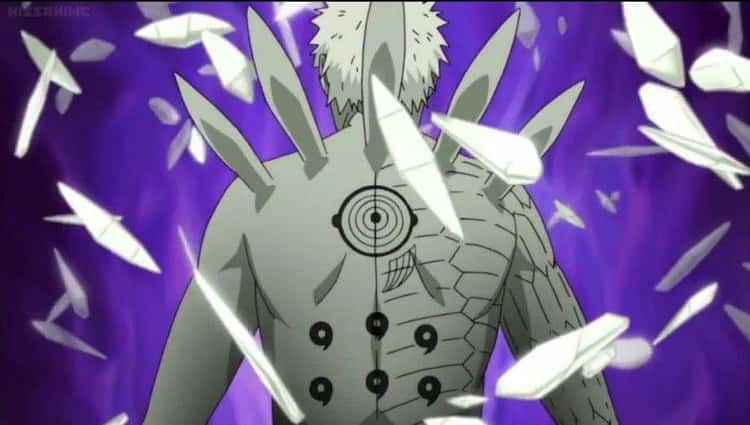
While there’s no such thing as a jinchuriki in Japanese mythology, the name bears a close resemblance to a real concept. The term jinchuriki (人柱力) means ‘power of human sacrifice.’ It’s quite similar to jintsūriki (神通力), which means ‘god-reaching power.’
3. The Full Moon Can Affect The Tailed Beasts And Their Hosts
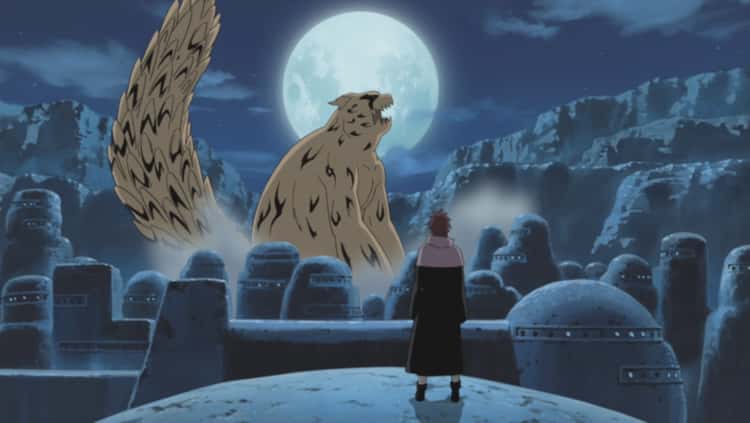
For unknown reasons, the full moon has been known to have strange effects on some tailed beasts and their jinchuriki. Shukaku, also known as the One Tails, becomes far more violent during the full moon.
Meanwhile, Killer B’s predecessor Blue B used to have insomnia during the full moon, because looking at the moon made him feel lonely. The Eight Tails would seize this opportunity to try and gain control over the body. Blue B was eventually able to deal with the problem by taking sleeping pills.
4. Naruto Was Originally Kurama’s Son
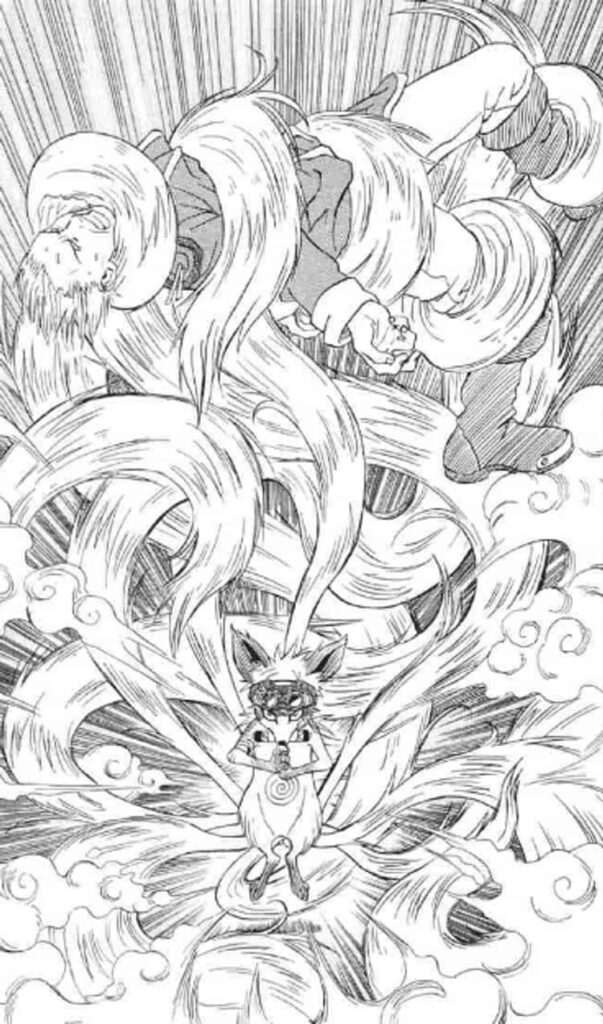
Before publishing the version of Naruto that fans know and love today, Kishimoto wrote a one-shot pilot that contained some of the same original concepts. There were also some major differences – the biggest of which was that Naruto was the Nine Tailed Fox’s son. Though he typically appeared in human form, he was still rejected by fearful villagers.
5. The Four-Tailed Jinchuriki Is A DBZ Reference
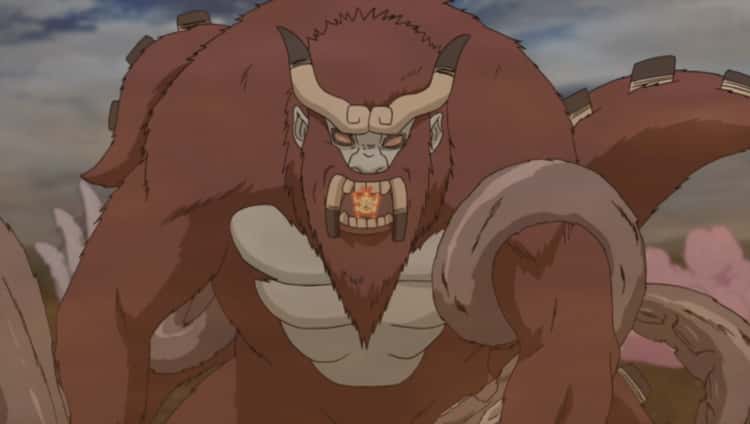
Like many shonen manga artists, Masashi Kishimoto cites the creator of Dragon Ball Z as one of his biggest influences. That might be why he references DBZ in the series. The Four-Tailed beast is called Son Goku, and his jinchuriki’s name is Roshi. Son Goku takes the form of a gigantic monkey, and Roshi is the oldest jinchuriki. The fact that it’s the Four Tails specifically is also a reference – Goku believes the Four-Star Dragon Ball is his grandfather as the very beginning of the original Dragon Ball.
Is it possible that this is a coincidental reference to the same folklore that DBZ was based on? Maybe – but either way, the shared names are pretty cool.
6. Killer B Is A Wu Tang Clan Reference
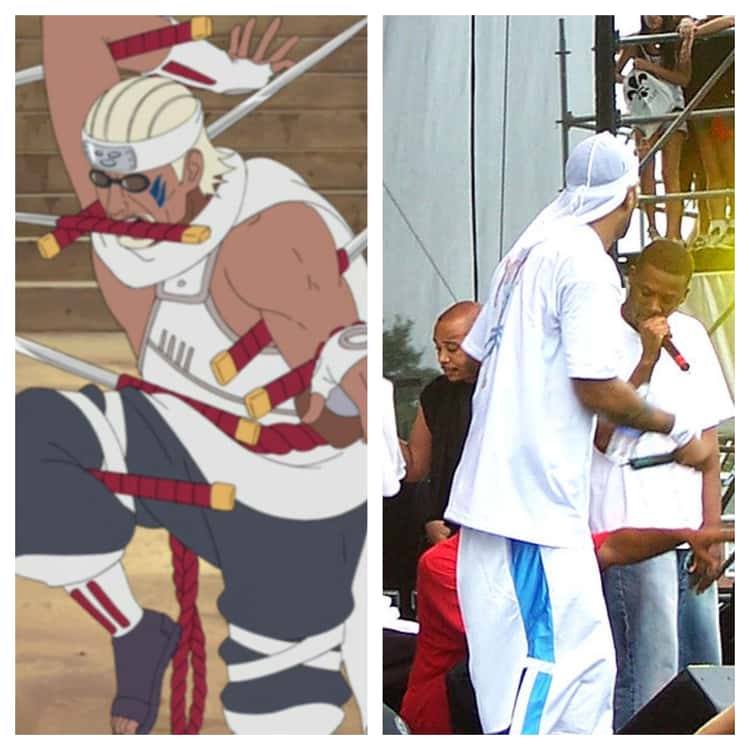
Killer B’s name is a reference to the famous Staten Island rap group the Wu-Tang Clan, who were sometimes called the “Killer Bees.” Too bad the Wu Tang Clan never did any enka otherwise the crossover would have been perfect.
His name might also be a reference to a professional wrestling team called The Killer Bees, but that one’s not quite as clear.
7. Jinchuriki Pregnancies Work Differently
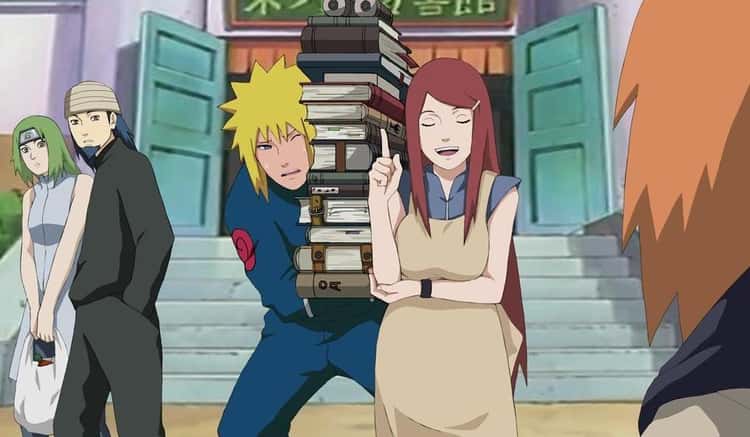
A typical full-term pregnancy lasts for approximately nine months. However, if a jinchuuriki is giving birth, the pregnancy lasts for ten months. This means that Kushina was pregnant with Naruto for about four weeks extra – hopefully Minato was taking good care of her!
8. Kishimoto Wasn’t Sure About Fū’s Gender
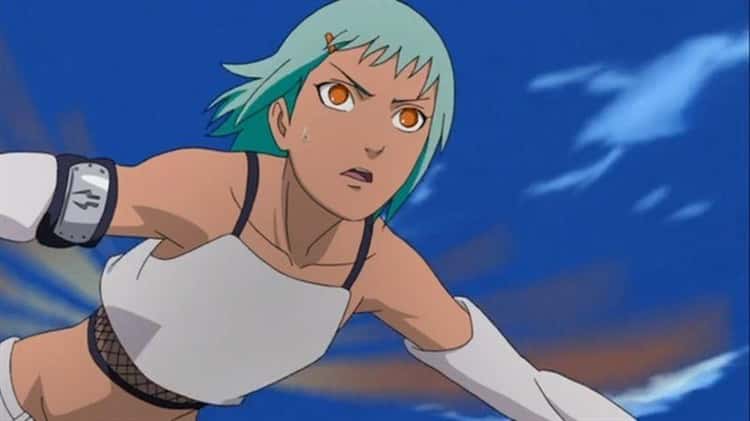
Fū, the Seven-Tails jinchuriki, has a fairly androgynous appearance, which meant that fans weren’t sure what her gender was supposed to be until she was eventually revealed to be female. This wasn’t because it was supposed to be a secret – rather, it was because Kishimoto himself wasn’t entirely sure about Fū’s gender. This was probably because he hadn’t decided whether Fū was ever going to appear in the first place.
9. Summoning Sealed Tailed Beasts Causes Pain
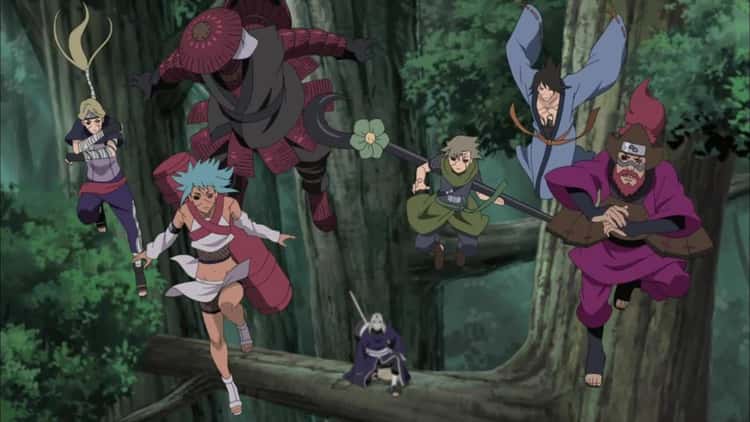
A person who has a summoning contract with a tailed beast can try to call upon their partner, but they’ll stay put. However, the attempt will cause the jinchuriki agonizing pain. This could be a strategic means of temporarily disabling a jinchuriki, but it could also just be an unfortunate accident.
